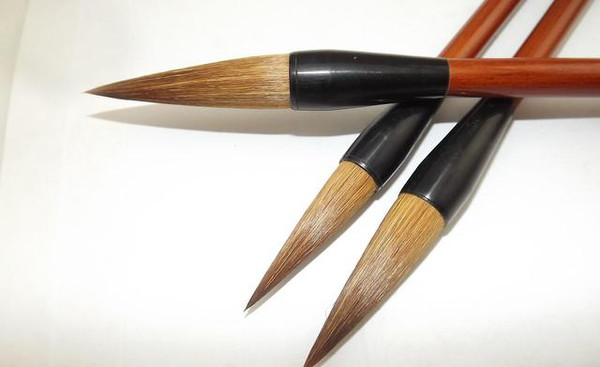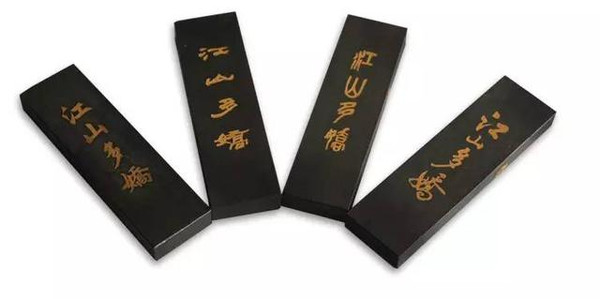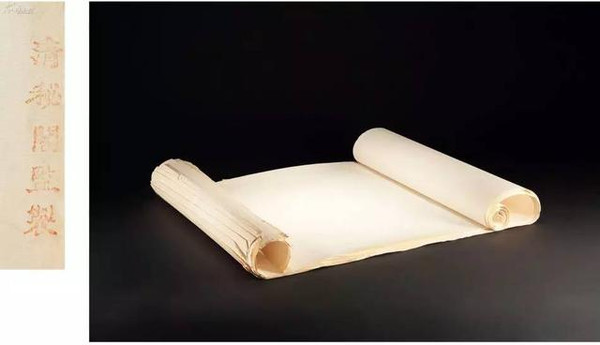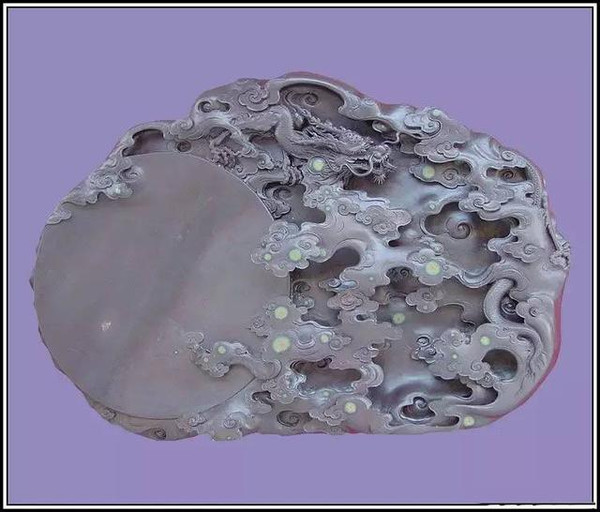
In the ancient study room study, in addition to the four main stationery such as pen, ink, paper, and enamel, there are also some other matching equipment, which are also an indispensable member of the stationery family. In the Ming Dynasty, Tu Long described more than forty kinds of stationery items in "Stationery Yabian". Usually, there are pen holders: also known as pens and pens, which are used for pens. It is often shaped like a mountain, and the recess can be placed. There are also characters and animals, or natural old tree roots. Arm rest: also known as the secret cabinet, arm rest, wrist pillow, when writing, it is anti-ink stained hands, under the arm. It is arched and has many bamboo products. Poetry: Everyday singing and books are placed after the poems. Mostly bamboo, take the meaning of elegant. Pen holder: Insert the pen when it is not in use. More materials, porcelain, jade, bamboo, wood, paint are seen in the production. Or round or square, there are also plants or his shape. Pen wash: After using the pen, wash the ink. Mostly scorpion-shaped, also made of mosaic or tower shape. Ink bed: The ink is slightly stopped during the grinding process, because the ink is wet, for temporary ink retention. Ink: used to store ink ingots. Mostly lacquered, to protect against moisture. Gold paint is often used on the lacquer surface, or it is inlaid with screws. Paperweight: Also known as Shuzhen, used for pressing paper or pressing books to keep paper and paper flat. Often used for various animal shapes. Water Note: Water is injected into the surface for grinding. It is often used as a round pot, a square pot, and has a mouth. It is also often used for animal forms such as evil spirits, cockroaches, and pheasants.ç š Drop: Also known as water droplets, book drops, storage of water for the purpose of grinding ink.ç šåŒ£: Also known as the ç š box, the use of the platform. It is better to use purple, ebony, watercress and paint. Seal: It is used in calligraphy and painting works. It is famous for its chapters and seals. It is made of Shoushan Stone, Qingtian Stone, Changhua Stone, etc. It also has copper, jade and ivory seals. Printing box: also known as the printing pad, the ink pool, and placing the ink. Mostly porcelain. Lake pen, Hui ink, Duanyu, Xuan paper are the top four treasures of the study.
Pen, ink, paper, and cymbals are called "four treasures of the study." The ancients believed that everything was spiritual, as was pen, ink, paper, and sputum. In addition, the literati also gave them a humanized name (see Han Yu's "Ma Ying Chuan")

Pen: Zhongshan Mao Ying. Zhongshan is the name of the ancient vassal state. In today's Dingzhou area of ​​Hebei Province, it was destroyed by Zhao during the Warring States Period. According to Wang Shuzhi's "Pen Jing", during the Han Dynasty, the princes and counties of the world rushed to write rabbit brush to write the plaque on Luoyang Hongdumen. As a result, only Zhao Guoqiu was selected. Zhongshan belongs to Zhao, so Mao Ying is called Zhongshan, and Ying refers to the tip of the brush with a cone. Another person has a prolific pen in Xuancheng, also known as Xuancheng Mao Yuanrui, the word Wenfeng.

Ink: Deaf Chen Xuan. In ancient times, Ganzhou was famous in the Xinyi County of Shanxi Province. It was a tribute to the court, and the ink was used for the old and the dark, so it was called Chen Xuan. Also: In the Southern Tang Dynasty, Yan Ting Li Tinggui made ink with loose smoke, and the gloss could be regarded as the most prestigious. After crossing the water, he lived in Jiangnan, so some people called the ink for the Yanren Yi Xuanguang.

Paper: Huiji knows the white. In ancient times, Huiji in the current Shaoxing, Zhejiang, produced tribute paper. The skin of eucalyptus is the superior raw material of papermaking, and the scorpion is similar to the vocal sound. Therefore, some people take the 褚 from the surname of the person as the surname of the paper, which is called the acquaintance of the priest. In addition, some people have produced more papers in Henan Huayin, saying that they know that Baihua is a Huayin person.

ç š: Hongjia Tao. During the Sui and Tang Dynasties, the world's pottery was popular, and among them, Zhangzhou, the Han Dynasty Hongjia County (now Henan Lingbao) produced the most prestigious, and the middle of the depression was used to preserve ink, so it was called Hongjia Tao. It is also said that the stone made by stone material is in the stone deficiency, and the word is silent (ink).
The ancients not only gave pens, ink, paper, and names, but also sealed their official positions. Pen: Writing supplies, because the pen is made of bamboo tube, it should be full of ink when used, so it is sealed by Zhongshu Jun, Guancheng Hou, Mo Cao Dutong, Ink King, and Mao Shiyan; ink: more than Songyan Made of high quality, but also add spices, so the seal is Songzi Hou, black pine messenger, Xuanxiang Taishou, Maizhou County, Zhangzhang; paper: flexible, can be cut at will, and white is better Therefore, the seal paper is good (shou) Hou, the history of the library, the history of Baizhou, the commander of the Wanzi military road; the 储: the instrument of ink storage, the texture is hard, the seal is the Jimo Hou, Li Shihou, iron Noodle book, Jimo military commander.
Editor / Yuan Fang
About 10 years ago, we were talking with our engineer about the future of caulking and the subject of the stone-age nature of the current caulking gun selection came up. It seemed to us that the sealant,adhesive industry had moved ahead in so many ways, but tool design had been left behind. An idea was born to modernize the caulking gun.
Siligun Caulk Gun,Power Caulking Gun,Automatic Silicone Gun,Industrial Caulking Gun
jiangsu concentric internatinal ltd , https://www.concentric-corp.com